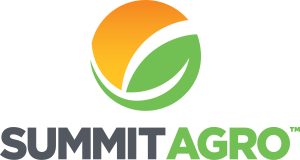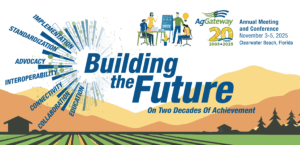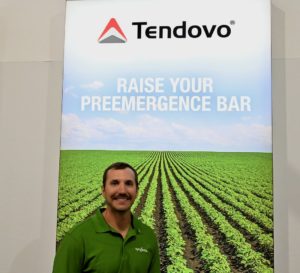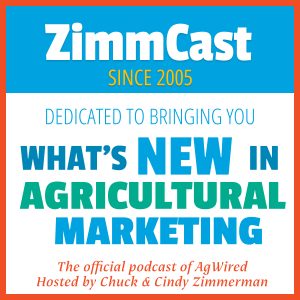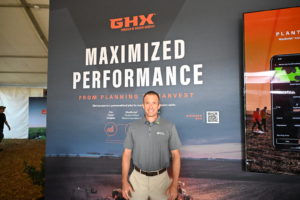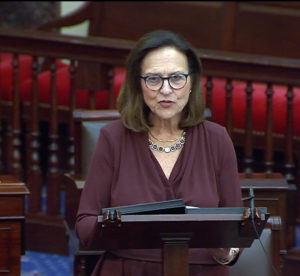 During a speech on the Senate floor Monday, Senator Deb Fischer (R-NE) addressed the economic crisis facing ag producers across America, stressing the need for long-term solutions for farmers and ranchers.
During a speech on the Senate floor Monday, Senator Deb Fischer (R-NE) addressed the economic crisis facing ag producers across America, stressing the need for long-term solutions for farmers and ranchers.
“Producers of corn, soybeans, and other top commodities are under crushing pressure. Rising input costs and uncertainty have driven farm finances to levels reminiscent of the 1980s crisis, which bankrupted thousands and hollowed out rural communities,” said Fischer.
Fischer highlighted that Congress must work to build new markets through both increased exports and the year-round, nationwide sale of E15. “That’s why I reintroduced my Nationwide Consumer and Fuel Retailer Choice Act earlier this year. When I first introduced this bill nearly a decade ago, it felt like an uphill climb. Today, momentum is finally on our side.”
Listen to Fischer’s comments here:
Sen. Deb Fischer - senate floor speech 6:56

